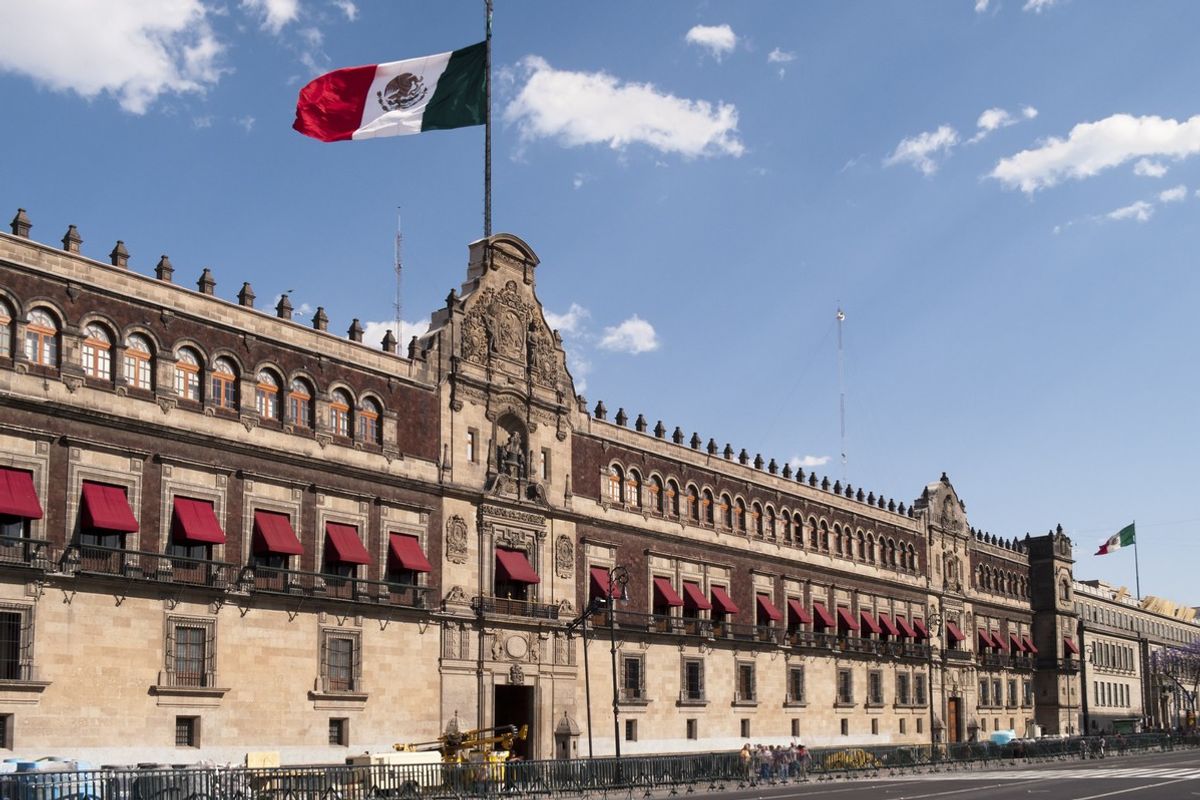Kidnappings in Mexico continue to increase, particularly in the states of Guerrero, Tamaulipas, Veracruz, Morelos, Puebla, Zacatecas, and Tabasco. Although the Interior Ministry reported a 2.1 percent drop in 2016 compared to 2015, the methodology—or lack thereof—leaves a lot to be desired. Statistics, like those reporting homicides, are hidden or obscured through the clever manipulation of classification. Frequently, kidnappings are labeled as something less egregious, such as deprivation of liberty. Additionally, a high number of abductions go unreported, because victims are scared of repercussions if they go to the police.
In the past, criminal groups focused on the very wealthy—corporate heads, landowners, bankers, et cetera. That has all changed in recent years, and now the primary targets are workers, such as hotdog vendors, small shop owners, farmers, cab drivers, and lottery ticket sellers. The common dominator is that they all work with cash on a daily basis. Many of the victims also tend to be young and, importantly, have parents who are willing to pay ransom demands.
It is noteworthy that not all the kidnappings can be attributed to common criminals or drug cartels, but also to those who are sworn to preserve, protect, and defend the Mexican Constitution. State and municipal officers, both retired and active, have been implicated in numerous kidnappings. The most scandalous incident in recent times occurred in 2014, in the southwestern city of Iguala, Guerrero, where local police intercepted 43 students after they hijacked several buses. The students have never been seen again, and Mexican authorities have never solved the crime.
Most kidnappings in Mexico involve two distinct methods. The primary one is the traditional in which the victim is abducted and held until a ransom is paid for release. The second, called virtual kidnapping, consists of criminals contacting an individual by telephone, claiming they have abducted a family member or close friend of that person. Then, the individual being exploited is instructed to pay a ransom. In reality, no one is actually taken in virtual kidnappings. Hotel guests are the common targets of this crime. Kidnappers rarely target U.S. citizens or Europeans for ransom, because they are apprehensive that it could attract special attention. Therefore, the victims are overwhelmingly Mexican.
During the past seven years, Mexican cartels have diversified their criminal drug distribution portfolio to include kidnapping, human trafficking, extortion, and theft of petroleum and mineral resources. Additionally, many cartels members have decided to become independent and now specialize in strictly kidnappings. They have the weapons and find the crime more lucrative, since most of the cartel leaders are the ones who reap most of the profits from drug distribution, and little filters down to the low ranking members.
In 2010, the Mexican government, in an effort to address the frequency of kidnappings, passed the Anti-Kidnapping Law, which increased the penalties for kidnappers and established special units in police departments to deal with this type of crime. A year later, the National Program to Prevent, Prosecute, and Punish Kidnapping was put in place. The objective of the program was to improve law enforcement by creating cadres of investigators specially trained to handle kidnapping cases, enhancing communications technology between local, state and federal agencies throughout Mexico, increasing intelligence capabilities, establishing innovative judicial procedures to try suspects, and increasing assistance to victims.
Unfortunately, the current economic situation and drastic fluctuation of the Mexican peso will undoubtedly lead to an increase in crime and also kidnappings. The weak Mexican judiciary and corruption will hinder the ability to address this dire situation.










